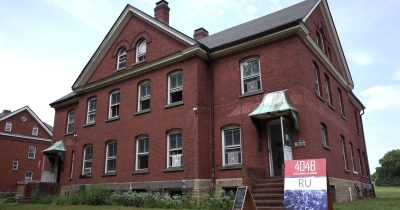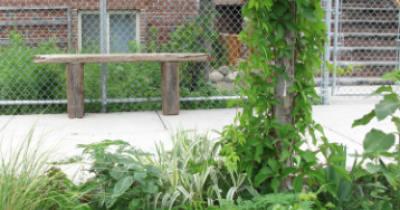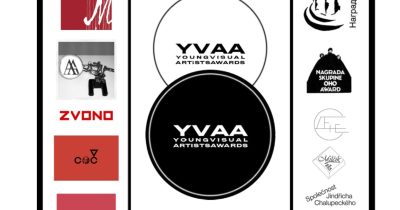This summer, London-based artist, archivist, and curator Ajamu and New York and Los Angeles-based artist, educator, and organizer Pato Hebert collaborated on a series of activities at the International AIDS Conference in Durban, South Africa. On 16 July, they presented an illustrated conversation as the main plenary at the “Action + Access” Pre-Conference for gay, bisexual and other men who have sex with men. The talk, entitled, “We Liked the Way He Moved”, featuring imagery from both artists’ archives and discuss the roll that memory, creativity, and storytelling have played in the formation of queer communities during the time of AIDS.
From 18-21 July, Ajamu will run a pop-up portrait studio inside of an activist networking zone at the International AIDS Conference. He and Pato will engage community organizers, activists, and advocates from around the world who are leaders in the response to HIV and the expansion of human rights in their countries and regions. Portraits from these exchanges will be featured on ArtsEverywhere in August, along with a third conversation between Ajamu and Pato that reflects on their collaboration and experience at the International AIDS Conference.
The following conversation took place via Skype on 28 June, 2016.
* * *
Pato Herbert: You are just finishing up a conference in London, no?
Ajamu: Yes, I was on the steering committee of the Without Borders Conference of the LGBTQ+ Archives, Libraries, Museums & Special Collections. The conference is ten years old. My talk was called, “Archival Dirt: The Politics of Pleasure and Black Queer Archiving”. I gave an overview of why the rukus! Black LGBTQ Archive came into being, and that was mainly around a lot of your black social and cultural history, in terms of the UK. Black social and cultural history rarely include LGBT, and the wider LGBTQ community rarely include race and ethnicity. And a lot of the work around black queer experiences is based around a deficit model, so then my work as the co-founder of the rukus! Black LGBTQ Archive is to rethink what an archive is, to develop a counter-narrative. My main argument is not what an archive is, but rather what it is that we want our queer archive to do. That means that our archive has got to do something for us, it has to have an affect and that thing that I think it is doing is called pleasure. Part of my thinking is based on Lordean erotics — Audre Lorde’s “Uses of the Erotic: The Erotic as Power”, in which she talks about how the erotic is not just connected to the body and sexuality, but it’s a bridge toward the political, the cultural and the spiritual. For me, a lot of the work around queer archives is around identity politics, and we don’t really hear things around emotions or feelings around our archiving work. So if archiving is about caring for our materials, caring for the past, touching the past, somehow the notion of embodiment, sensuousness comes into that frame of reference.
P When we met in New York in the spring, you were on a residency with Visual AIDS.
A Yes, I was on residency for four weeks at Visual AIDS, researching their archive and creating 14 new portraits, 14 interviews with artists, activists, cultural producers — African-American, Asian-American, some were trans, cisgender, gender non-binary. I was in dialogue with people around archival activism. Part of my four weeks was also to be in dialogue around my photography practice and work as an archive curator. The final event was called “Suitcase Under the Bed”, which was a public gathering and workshop whereby we invited people to come and share things that they’ve kept in relation to their identity, sexuality and gender. About 30 people turned up, cross-age groups. It was great to hear people’s personal testimonies.
P rukus! has been established for 16 years and you’ve been working for at least a couple of decades in London, and the UK more broadly. What was your interest in coming to New York?
A During the late 1980s and through the 90s, there was always this trans-Atlantic dialogue between North American [black] experience and the black British experience. I think that kind of fell by the wayside. While I think there are a lot people talking in cyberspace and chat rooms, there are very few spaces where we meet face to face to have those dialogues. So for me it was then about keeping those dialogues open, just to understand the thought processes of the artists I was coming across for the first time. Out of the people I was photographing, I only knew Darnell Moore. So it’s about how we can create new kinds of dialogues.




